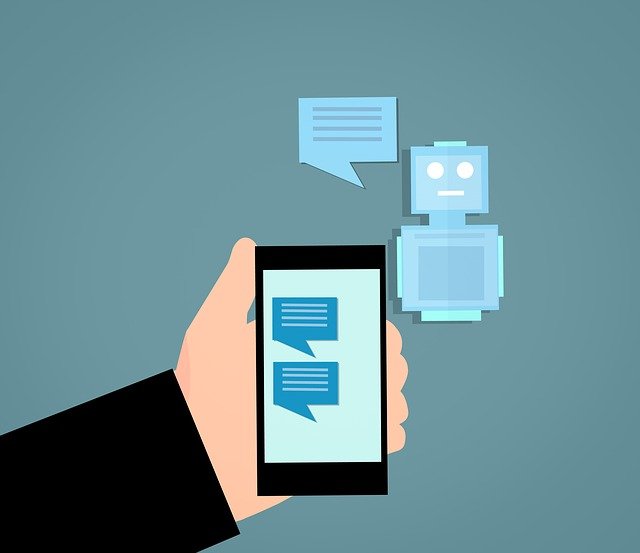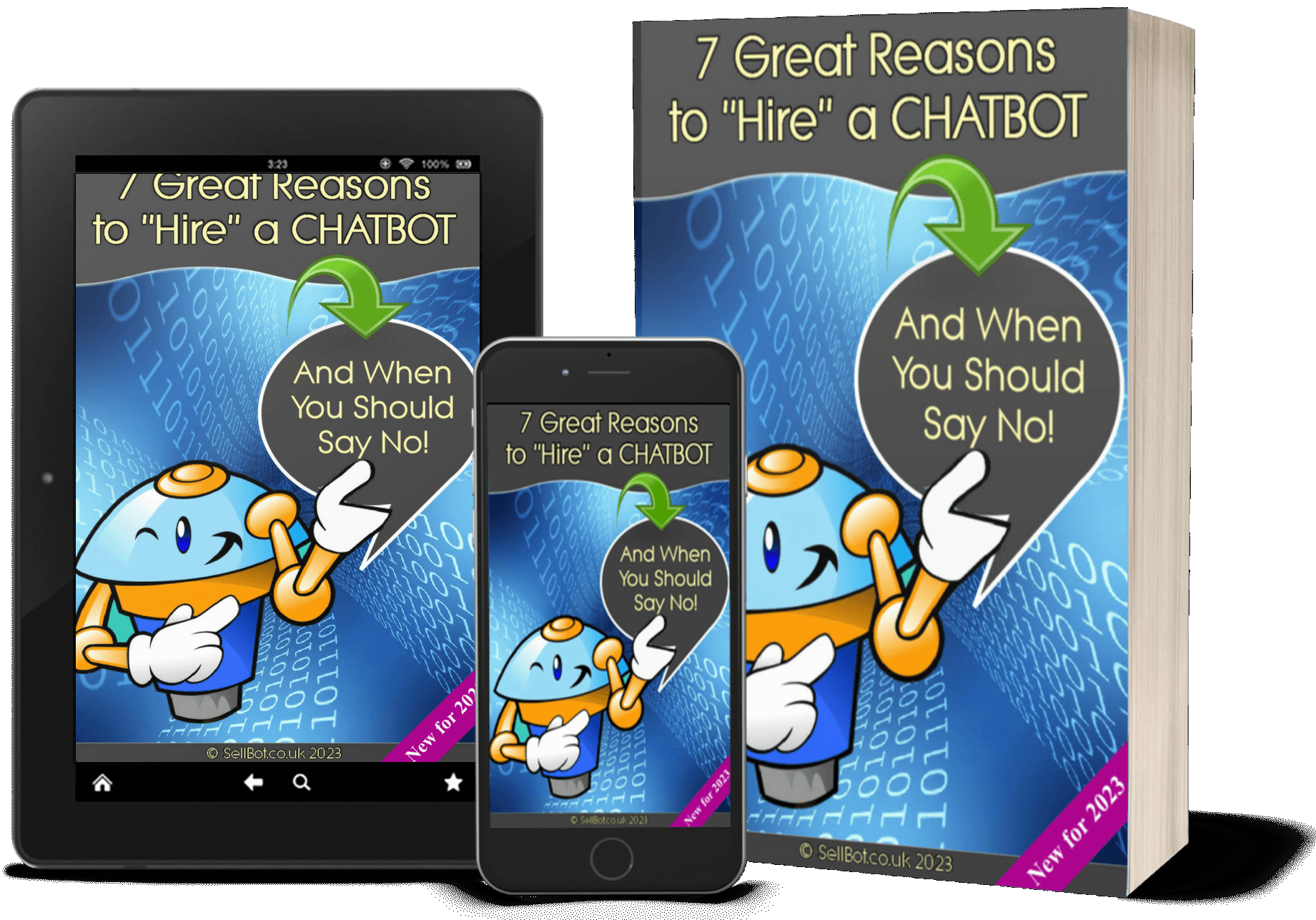Conversational Marketing, what even is it?
As markets diversify, consumers have more options than ever before, they really have been the main beneficiaries of each new technology that comes along. Whilst that is often the driver for these advances in the first place, to better serve our public, it’s getting harder and harder to showcase products and services, and many business owners struggle to keep up with these never-ending changes in the marketplace. Today, a company’s success doesn’t just depend on the quality of its offers or its pricing; its marketing plan also plays a significant role. The most successful businesses have kept up with the times by using a new practice known as conversational marketing.
What Is It?
Conversational marketing is a personalised approach to online business. It’s a fast and efficient way to move potential customers through your sales and marketing funnel by leveraging the power of conversation, and it builds solid relationships with a dialogue-driven and customer-focused approach. Even if you think you don’t have a sales funnel, at a basic level every business, online or offline, has to move potential customers from the door to the till so to speak.
It’s quickly becoming the go-to method for improving the customer experience, driving engagement, and growing revenue. Conversational marketing helps brands stand out via a variety of channels, with a common goal: engaging with customers and making the brand more relatable.
Doing Conversational Marketing Right.
A personalised approach is necessary to conversational marketing success. Many sellers have realised that their visitors are tired of automated answering services and online forms; they want to talk to a real person. When visitors can come to your site and immediately find answers, it’s more likely to drive conversions, increase opportunities, and create a more seamless experience.
Yet because it’s difficult and expensive to employ customer service agents around the clock, chatbots simplify, and make affordable, the process of qualifying leads. They can use a pre-set series of questions to collect basic essential details such as names, email addresses, pain points, and more. Based on the user’s input, the bot can classify users and personalise their next steps. Using a well-designed chatbot can make this practice work for you relentlessly at any time, day or night, weekend or holiday.
Understanding Leads and Offering a Better Experience.
The conventional way of qualifying leads involves days of email nurturing and marketing automation. The distribution of lead forms is no longer scalable, as these forms can’t provide the necessary context. A real-time conversation will help you learn more about your customers, and with conversational marketing, you’ll always be ready to work with new leads.
The Difference Between Inbound and Conversational Marketing.
While inbound marketing requires the use of social media, blogs, email marketing and web content, conversational marketing is the sum of the interactions we have with online customers. It gives customers more control over how they communicate. Because inbound and conversational marketing are both customer-focused, they typically go well together. In many cases, conversations can be used in place of lead generation forms. They answer frequently asked questions and generally do a great job of converting leads into customers.
Conversational Marketing is the Future.
If you’re a business owner looking to improve your strategy, conversational marketing is crucial. It will play a key role in your future efforts, and the many social media messaging apps now in widespread use will only encourage further non-verbal engagement with customers. Savvy businesses will continue to bring chatbots onto their teams, and in doing so they will optimise the customer experience by reducing wait times and increasing satisfaction, and smoothing the path to purchase.



